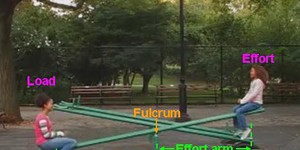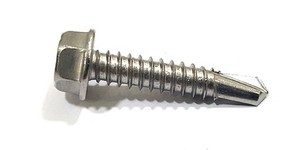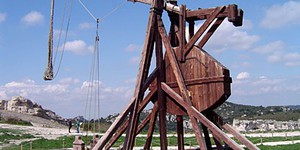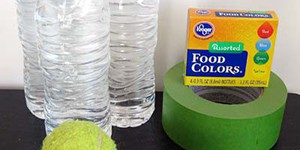Others Like “Balancing the Load: The See-Saw as a Simple Machine” (top 20 results)
|
Did you know that you can lift an object that's heavier than you are? Just use a lever! In this science project you'll build a tabletop lever and measure how much effort it takes to lift an object using it.
Read more
"What?! Many of my toys are also machines?" That's right—simple machines! Simple machines are everywhere! Under your feet when you climb stairs, in your hand when you use a utensil to eat your dinner, even in your arm when you throw a ball. Come visit this science fair project and explore the six types of simple machines. Find out how many are hiding under the hinged lid (yes, another simple machine) of your toy box!
Read more
When you think of a machine, you probably think of computers or robots. But what if I told you that machines have been around for centuries? Would you believe me? Try this experiment to see which of these simple machines you use around your house. You might even use some of them everyday!
Read more
Did you know that when you dip your finger in water and pull it out, the water is actually pulling back on you? Here's a way you can measure how much.
Read more
Before the Industrial Age, people relied on muscle power for moving and lifting heavy objects. Here's a project that shows you how you can use your head to make heavy lifting easier on your muscles–and your back!
Read more
Before cannons widely replaced them, siege engines were often used by armies to throw large stones and other projectiles to break down castle walls. One of the most advanced siege engines used in the Middle Ages was the trebuchet, which used a large counterweight to store energy to launch a payload, or projectile. The horizontal distance the payload would travel is called the trebuchet's range. Figure 1, below, shows a modern reconstruction of a trebuchet.
The range of a trebuchet has…
Read more
The sun sometimes releases huge bursts of electrified gases into space. These bursts are called coronal mass ejections (or CMEs). When CMEs are directed towards Earth they can generate auroras, the spectacular atmospheric displays also known as "northern lights" (photo by Chris VenHaus, 2001). In this project you'll use images from the SOHO satellite to measure how fast CMEs move.
Read more
Scientists have known for hundreds of years that sunspot activity waxes and wanes over a cycle that lasts approximately 11 years. In the 1970's, scientists discovered that the sun periodically blasts electrified gases into space, in huge outbursts called 'coronal mass ejections,' or CMEs. This project asks the question: do CMEs follow the solar sunspot cycle?
Read more
Many things in nature are periodic: the seasons of the year, the phases of the moon, the vibration of a violin string, and the beating of the human heart. In each of these cases, the events occur in repeated cycles, or periods. In this project, you will investigate the periodic motion of a spring, using a mini Slinky®. You can also measure the motion of your spring using a smartphone equipped with a sensor app. Basic physics will then allow you to determine the Hooke's Law spring constant.…
Read more
"Hey kids, step right up! Toss this ball and win a prize!" shouts the carny barker. Sounds easy enough—until you try it. Why are those "simple" games at the fairs, carnivals, and boardwalks so hard? Is it really lack of skill or coordination or do those concessionaires use some basic laws of science to help them set up the games in their favor? This science fair project can help you find out for yourself.
Read more
|
Explore Our Science Videos
Paper Rockets - STEM Activity
Stretchy Balloons! Fun STEM Activity
How to Make Elephant Toothpaste















